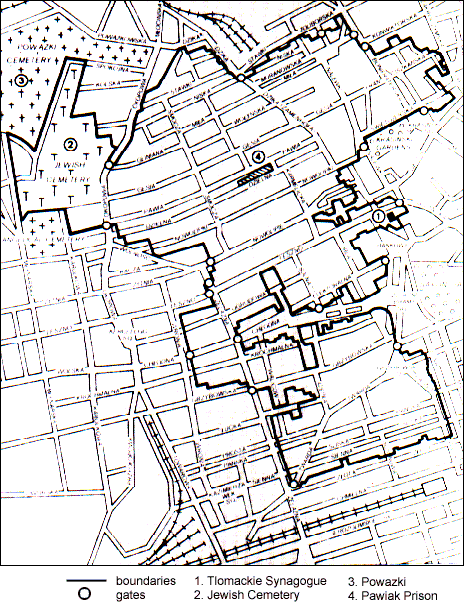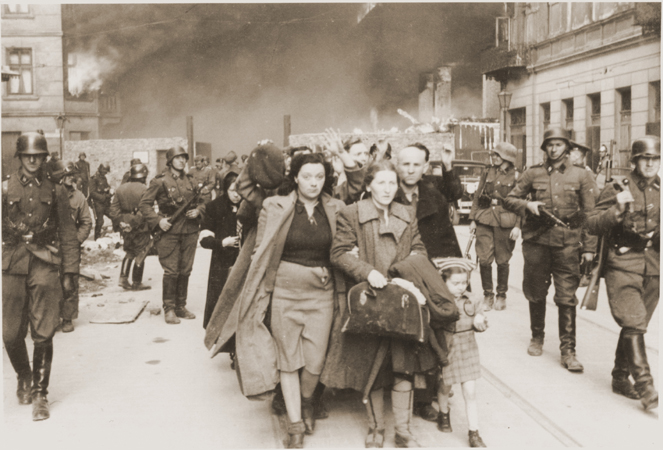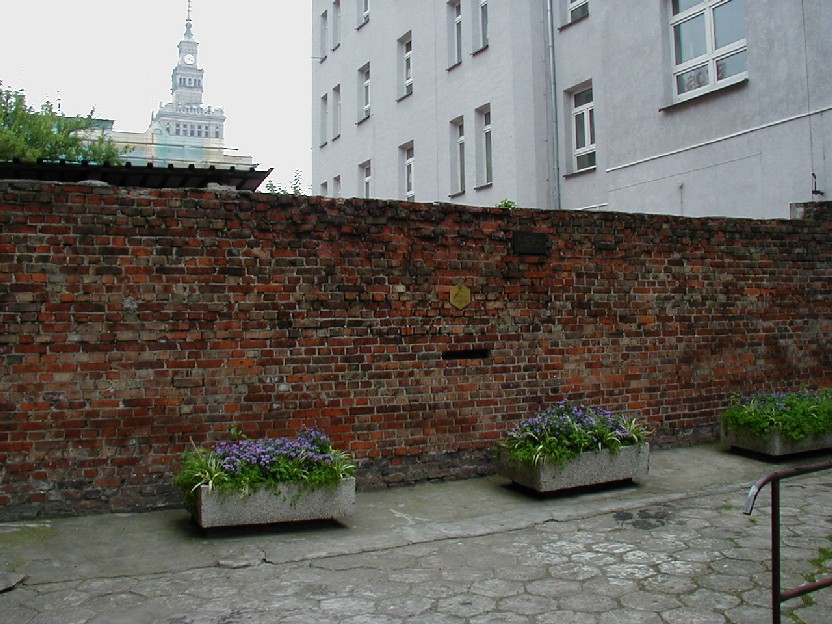|
Warsaw Ghetto
On October 12,1940, the Germans decreed the establishment of a ghetto in the Warsaw. This required all Jews of the Warsaw were to move onto a designated area. Jews shops were to be marked, restrictions prod aimed on travel by train, and radios were confiscate from Jews and poles from December 1st 1939. Many were forced onto the ghetto, during World War Two. More than three million Jews were sent to death camps such as Auschwites. The Ghetto was divided into two sections, the small Ghetto at the southern end the large Ghetto on the largest, which peak period contained 450,000 Jews, was sealed in November 1940. Life in the Ghetto was tough and quickly goes worse. Newspapers from the outside were forbidden, school lessons took place and people strived to continual a normal existence as best as they could. As more and more Jews were brought in from the neighboring towns and villages. Conditions became yet more cramped. People were bribing for food and money. By the time deportations to the extermination camps began, about 100,000 residents of the Ghetto had died of starvation or disease. Warsaw Ghetto was the largest Ghetto containing at its height more the 400,000 people.
|
|
|
On November 23,1939 Hans Frank the Governor-General issued a decree that all Jewish men, woman and children over 10 year of age must wear a white armband with a blue star of David, in public. |
* To create the Warsaw Ghetto, the Germans built 11 miles of brick walls around the Jewish quarter; this area was then closed to the outsiders on November 15,1940.The Warsaw Ghetto was isolated from the outside world by a well 9.8 feet high, it was covered with fragments of glass and barbed wirer at the top. The construction of the wall took many months. It was 11.5 feet high; the Judenerat was forced to pay the cost of the construction. |



